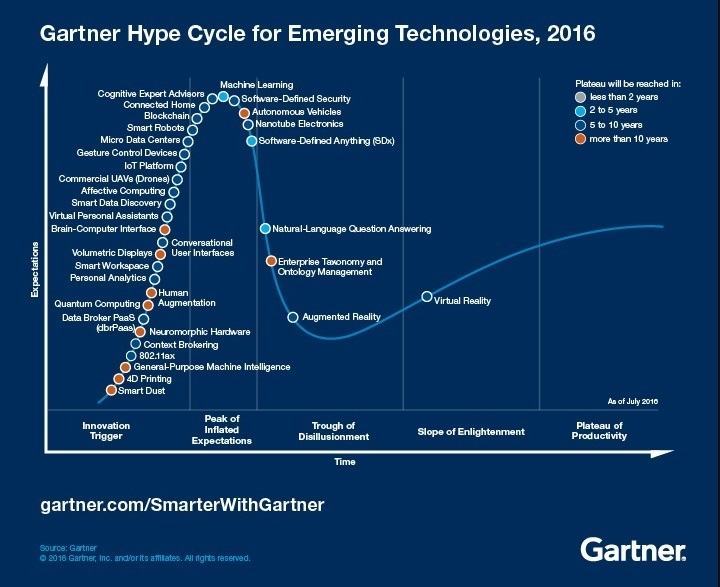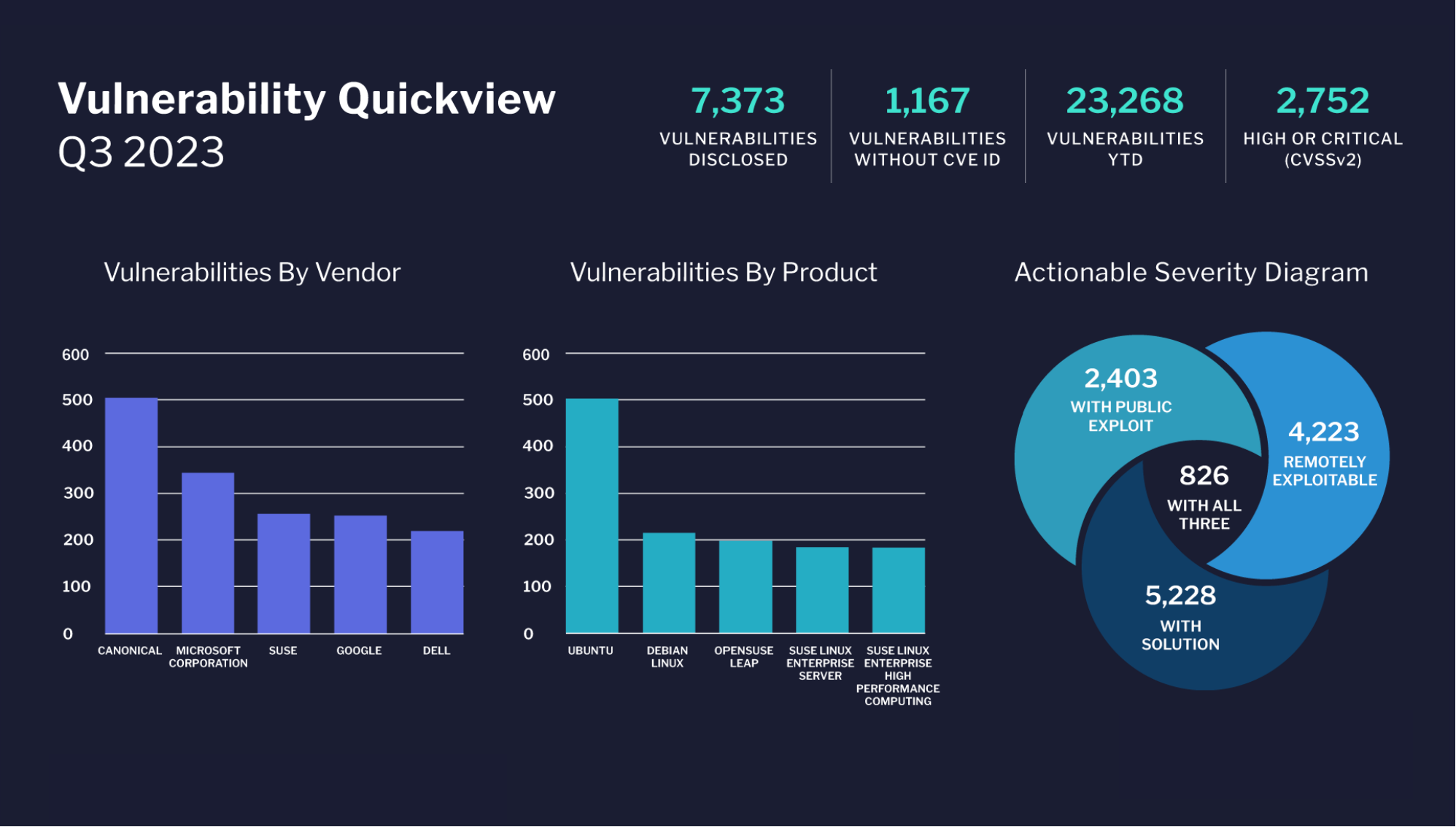Chatbots that companies use to service and attract clients are still looking to develop a sustainable revenue model despite all the media hype surrounding those bots. Dozens of new consumer bots emerge on a daily basis and the chance is good a large portion of them will never gain popularity among consumers. Media, however, fail to pay proper attention to another market for bots that is much more promising and where more advanced artificial intelligence is applied – internal bots that corporations use to manage and organize tasks, employees, meetings, finances and the overall work of entire departments.
Some of these solutions for internal use are text based, others understand natural language, and a few use combinations of text and voice commands. You can bet that most of the corporate chatbots will switch to voice within a couple of years, though. Development of artificial intelligence recognizing and understanding natural language is progressing fast and in next to no time a manager will be able to direct sophisticated commands to a voice-activated company bot.
Currently, most bots of this type deal with relatively simple tasks like email management and organization of tasks through reminders. This is just the beginning, however. The Internet of Things is making devices smarter and forces application of advanced technologies that corporations can use to their own benefit. It concerns not only chatbots that managers use to organize daily tasks and assign jobs to employees.
What is emerging is a new ecosystem of AI-powered chatbots and connected devices that will change the very way enterprises do business and organize their entire business process. A growing number of corporations are moving toward operating their business processes virtually, a research by KPMG finds. As a result, development of reliable and sophisticated bots will gain traction to make the management of such systems easier and integrate within this new ecosystem in a more natural way.
For example, heavy processes and procedures burden departments like human resources where data is subject of continuous checks and verifications. Additionally, HR departments rarely make important decisions independently with most actions being taken after discussions with C-level executives and other departments. A corporate chatbot enables all stakeholders to have immediate access to all the required data and meet in a virtual room where they can take a decision.
C-level executives can also benefit greatly from corporate chatbots that are connected to various company databases and can track data in real time. The technology for implementation of such bots is already available. Thus, any marketing vice-president can ask his chatbot for data on the latest marketing campaigns, compare performance based on real-time historical data and allocate more or less resources to a winning or struggling campaign. Sure, language understanding capabilities of chatbots are still in process of development but introduction of machine learning and cognitive functionality into a corporate bot can result in creation of a viable Enterprise solution.

According to Gartner, technologies like conversational user interface and cognitive expert advisors will reach their plateau in 5 to 10 years from now. Nonetheless, beta versions and simpler chatbots are already emerging.
Devices like Amazon Echo and Google Home are fun to use and grow their list of commands daily. Those are mostly pre-defined commands though and one cannot expect a manager to remember a hundred of commands required to perform his day-to-day duties. Hence, the key is natural language understanding and use of Machine Learning that allows corporate chatbots to execute sophisticated actions through voice commands. A good number of startups develop such kind of solutions and they are progressing pretty well. Legacy chatbot developers like NextIT and Aspect are also starting to provide enterprise chatbot solutions while SAP, Oracle, Salesforce, and ADP all develop chatbot user interfaces for their respective platforms, according to a research by consulting firm Deloitte.
Furthermore, a chatbot is able to reach an employee that has no access to email or a computer. Smart devices like phones can replace computers in many industries where a large number of employees are constantly out of the office. Obviously, texting is not among the most effective methods to communicate via such a device on the go, which will stimulate further development of cognitive technologies. In addition, chatbots are both push and pull technology that enable managers to push messages to employees and allow employees to pull messages, both through simple voice commands.
Chatbots for internal corporate use is a huge market compared to customer service and other bot markets. It is only a matter of time before startups and established companies realize that putting efforts in development of chatbots for internal business use is much more advantageous in the long term.
By Kiril Kirilov





